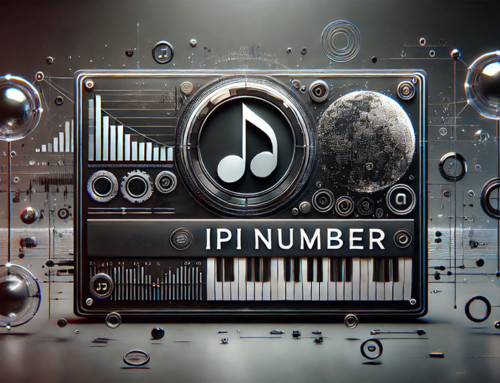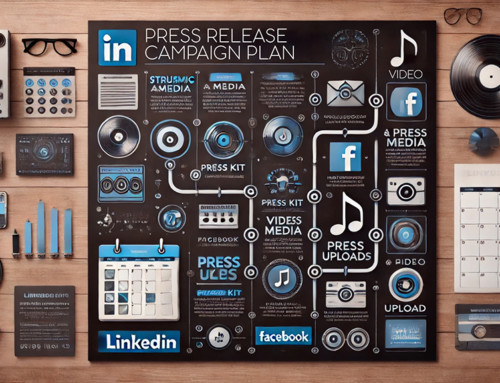The Importance of Consumer Behavior in PR
Consumer behavior is the heartbeat of any successful public relations strategy. As the preferences, needs, and behaviors of consumers evolve, so too must the strategies that brands use to connect with them. In today’s fast-paced digital landscape, understanding and adapting to consumer behavior is not just advantageous—it’s essential for maintaining relevance and achieving long-term success.
Understanding the Shifts in Consumer Behavior
Consumer behavior is constantly evolving, shaped by various factors. Technological advancements such as social media, e-commerce innovations, and smart devices have transformed how consumers access information and interact with brands. Cultural trends, societal values, and lifestyles shift rapidly—take sustainability, for example, which has gained prominence in public discourse. While such topics may not always be the focus of casual conversations, they can quickly become mainstream as influencers amplify them, often blending vanity with a deeper message. Additionally, global events like pandemics and economic downturns significantly impact how people seek information and shape their perceptions, influencing their behaviors and decision-making processes.
Here are some examples of key changes that have reshaped how consumers interact with brands:
- Increased Demand for Authenticity: Modern consumers also crave authenticity. They are more likely to engage with brands that are transparent, genuine, and aligned with their own values. This shift has made traditional PR tactics, such as overly polished press releases and generic messaging, less effective. If a brand fails to make a personal connection, consumers are quick to move on, seeking out those that resonate more deeply with their own beliefs and experiences.
- Rise of the Empowered Consumer: With the vast amount of information available at their fingertips, consumers today are more informed and empowered than ever before. They research products, read reviews, and seek out brands that not only meet their needs but also resonate with their personal beliefs. However, this empowerment also means that consumers will critically analyze and even “dox” your PR messaging, sometimes responding negatively with a viral reach. If they perceive any inconsistency or lack of authenticity, they can quickly expose it, potentially leading to widespread backlash that can damage a brand’s reputation.
- Preference for Personalized Experiences: Consumers expect personalized interactions and experiences from the brands they support. They want to feel like they are more than just a number; they want to be understood and valued. This expectation has driven the rise of data-driven PR strategies that tailor messages and campaigns to specific audience segments. Additionally, influencers now hold a personal stake in people’s daily lives, often acting as trusted voices that shape opinions and decisions. PR messaging must, therefore, consider the outside influence these figures have on the products being promoted, ensuring that the brand’s narrative aligns with the influencers’ values and the audience’s expectations.
The Risks of Ignoring Consumer Behavior
Failing to adapt to changing consumer behavior can have significant consequences for your brand:
- Loss of Relevance: A PR strategy that does not align with current consumer behavior runs the risk of becoming irrelevant. If your messaging and tactics don’t resonate with your target audience, they may tune out, leading to a decline in engagement and brand loyalty. In today’s fast-paced digital world, a single swipe on a social media post can instantly bypass your message if it doesn’t make an immediate connection, further emphasizing the need for PR strategies that are timely, relevant, and impactful.
- Negative Perception: Ignoring consumer preferences and behaviors can lead to a disconnect between your brand and its audience. This disconnect can result in negative perceptions, as consumers may see your brand as out of touch or unresponsive to their needs. It’s also crucial to consider the age of your intended audience; a younger generation may not be aware of or value the same principles that an older generation held as important. Failing to speak to these generational differences can spur negative perceptions within certain groups, potentially alienating key segments of your audience.
- Missed Opportunities: By not adapting to consumer behavior, you may miss out on valuable opportunities to connect with your audience in meaningful ways. Whether it’s leveraging new platforms, engaging with influencers, or creating content that speaks to current trends, staying attuned to consumer behavior is key to capitalizing on these opportunities.
Strategies to Adapt Your PR to Consumer Behavior
Adapting your PR strategy to align with consumer behavior doesn’t have to be complicated. Here are some actionable steps to consider:
- Conduct Regular Consumer Research: Stay informed about your audience by conducting regular research on their preferences, habits, and pain points. This can include surveys, focus groups, and social media listening tools to gather insights that will inform your PR strategy. Additionally, it might be beneficial to employ individuals who are regular consumers of the product you’re promoting. Their firsthand experience and understanding of the product can provide valuable insights and help ensure that your messaging resonates more authentically with your target audience.
- Embrace Authentic Storytelling: Shift away from overly polished PR tactics and focus on authentic storytelling that reflects your brand’s values. Share real stories, behind-the-scenes content, and user-generated content to build trust and connect with your audience on a deeper level. Often, seeing is believing—authentic visuals and genuine narratives can have a powerful impact, convincing consumers of your brand’s credibility and sincerity far more effectively than overly scripted messaging. By showcasing real experiences and honest interactions, you can create a more relatable and trustworthy image that resonates with your audience.
- Personalize Your Messaging: Use data-driven insights to create personalized messages that speak directly to your audience segments. Tailor your campaigns to address the specific needs and desires of each group, making them feel valued and understood. Additionally, knowing which platforms and devices your intended audience uses to consume information is crucial in personalizing your messaging. By delivering your content where and how your audience prefers, you can enhance engagement and ensure your message reaches them in the most effective and impactful way.
- Leverage Social Media and Influencers: Consumers are increasingly turning to social media and influencers for recommendations and information. Engage with your audience on these platforms, and consider collaborating with influencers who align with your brand to reach new and engaged audiences. But buyer beware—social media posts are fleeting, and influencers aren’t always loyal to a single brand. Today, they may promote your product, but tomorrow they could just as easily promote your competition. It’s important to approach these collaborations with a clear understanding of their temporary nature and to have a strategy in place to maintain brand consistency and loyalty beyond these short-term engagements.
- Stay Agile: The landscape of consumer behavior is always changing. Keep your PR strategy agile by regularly reviewing and adjusting your approach based on new data and insights. This flexibility will help you stay ahead of trends and maintain a strong connection with your audience.
Brands must be willing to adapt their PR strategies to stay relevant and connected in an ever-changing landscape. It’s a fast-moving challenge. By understanding shifts in consumer behavior and taking proactive steps to align your PR efforts with these changes, you can build stronger relationships with your audience, enhance your brand’s reputation, and position your brand for long-term success. Be active and proactive, ensuring that your messaging strategy is firmly established and guides the narrative before the narrative shifts away from your brand’s intended consumer outreach.




